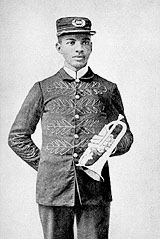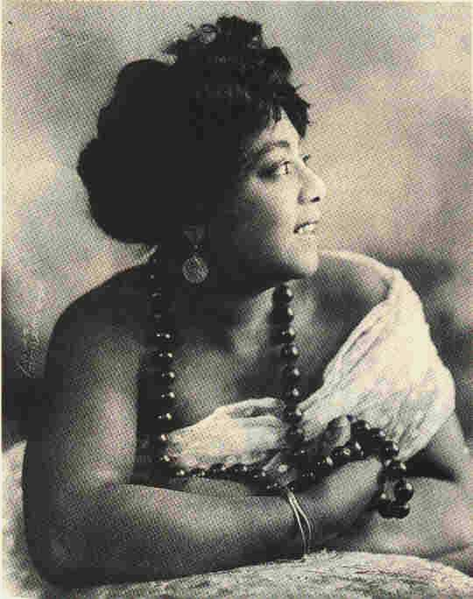
The global phenomenon that is music takes many forms. The origins stem from multiple cultures across the planet. Their evolution is never-ending with new variations limited only by imagination, which never seems exhausted. The genres remain, though, their boundaries mostly honored by those composers and musicians who love the tradition in which they have trained.
A few of these musical styles have come into existence in America. Jazz is a prime example, but before jazz the blues were created, bursting out of the hearts and souls of men and women who were giving expression to their distress in a way never known before on earth.
From Seeds of Discontent
In Sheila Davis’ book, The Craft of Lyric Writing, she states, “The blues began as an Afro-American work song which originated with the newly freed Southern slaves, largely unskilled laborers. The lyrics concerned the singer’s miseries–economic, sexual, and political. Unlike spirituals, which are choral in nature, the blues are a one-man (or one-woman) affair.
” ‘Sorrow-songs’ were often sung out-of-doors, the improvised complaints of exploited workers in cotton fields and ‘the sunless depths’ of mines. These melancholy moanings were also the ‘trial and tribulation music,’ as Mahalia Jackson put it (in Time magazine), ‘of the men on the railroad track layin’ crossties; everytime they hit the hammer, it was with a sad feelin’, but with a beat. Or it was the sound made by the men sellin’ watermelons and vegetables on a wagon drawn by a mule, hollerin’ ‘watermellllon!’ with a cry in their voices.’ Other lyrics told of double-crossing women, deserting men, whiskey, morphine, and chain gangs.”
Early Tunes
Ms. Davis goes on to tell us about “Joe Turner,” the main character of an early composition. While the first “sorrow-songs” were created as much as 50 years earlier, she says this one was prototype of all blues when published as Joe Turner Blues by W.C. Handy, who became known as “The Father of the Blues.” Handy wrote his song in 1915, but said he based it on a folk song he first heard in 1895.

This makes total sense, since the old Joe Turner song came about because of a man actually named Joe Turney, brother of Tennessee governor Pete Turney, who held that office from 1892 to 1896. Perhaps because of his connection to the governor, he gained a fearsome reputation for gathering up groups of convicts in Memphis, putting them in long chains, and leading them to the Nashville penitentiary. It was during those years that the song developed into a folk song with the basic blues shape Handy used. The name Turney had been mistakenly altered in the likely verbal passing along of the lyrics, but there’s no doubt the story is the same about this “bad” sheriff who transported great numbers of convicts in chains.
The tune for Joe Turner Blues was carried over to numerous sets of lyrics that fit the mold of blues lamentations. It was widely used across the region by singers with fresh emotional wounds who loved the blues structure made popular by Handy.
Before that iconic tune was composed, the guitar had gained popularity with black musicians. That change occurred in the 1890s, so by the time Joe Turner Blues came along, there was a lot of blues style music merging with the sounds of the guitar.
The first blues song ever published, though, was called I Got the Blues, in 1908. It wasn’t in the pure structure of the prototype, but a man by the name of Anthony Maggio wrote it as a ragtime blues tune. In 1912, the blues gained momentum in the publishing world. Dallas Blues by Hart Wand, Baby Seals Blues by Baby F. Seals, and Memphis Blues by Mr. Handy were all released within that same year.
Recordings
Handy’s Memphis Blues was first known as Mr. Crump, named for a Memphis mayoral candidate running for office. The song was hugely popular and became the first blues recording, done by a band known as the Victor Military Band. Within a month, Prince’s Band and a vaudeville singer named Morton Harvey recorded new versions. So, Handy’s hit accounted for the first three recordings of the blues!
Another milestone was the recording by Mamie Smith of Crazy Blues, written by Perry Bradford. This was the first record of a vocal blues song by a black woman. It sold a million copies in its first six months.
Blues Forever
The blues were here to stay. The American public was hooked and record companies were on the bandwagon. But things were just getting started. Be sure to check with me next time for another taste of those sweet blues.
